Whether you successfully juggle multiple mobile devices like me or still use a dial-up connection like many in my family, technology's influence over our daily lives continues to grow. In the past decade alone, the Internet has transformed the way we shop (Amazon), communicate (Skype), and even receive medical care (telemedicine).
Yet, a large number of Americans, particularly those in minority communities, lack access to these technological advances. This issue was a major concern for the Minority Media & Telecom Council's (MMTC) recent 2013 Broadband and Social Justice Summit. As I attended the summit, I reflected on how my own experience exemplifies the barriers minorities face when it comes to broadband access. While in high school, I collected AOL free trial disks to access dial-up Internet to do homework and apply for scholarships. It wasn't until I was in college that I had easy access to high-speed Internet.
According to a 2011 report from the FCC, approximately 119 million Americans do not have access or don't subscribe to broadband Internet. Reasons include location, affordability, and a lack of knowledge of the benefits of broadband. Access rates are even lower for minority communities. Research from the Pew Internet and American Life Project found that almost 50% of Hispanics in the U.S. lack broadband Internet access at home, compared to 38% of all Americans. Further, Pew found that American's with low incomes and educational attainment were even less likely to have broadband Internet access, with adoption levels of 22% for adults without high school degrees and 41% for those who live in households making less than $30,000 per year.
One of the takeaway themes of the Broadband and Social Justice Summit was that while accessibility is low for minority communities, the potential benefits are tremendous and stretch across many industries.
One panel focused on the use of telemedicine to connect individuals living in rural communities (and low-income urban communities) to medical specialists thousands of miles away. Celia Besore, CEO of the National Association of Hispanic Nurses, highlighted the impact telemedicine could have on individuals living in rural settlements called colonias in Texas and California. According to Besore, through telemedicine, some of the nation's poorest communities could receive vital checkups and medical care via advanced video and teleconferencing with doctors thousands of miles away.
In addition to healthcare, broadband is transforming the way we learn. At LNESC, one of the nation's largest Hispanic education non-profits, we are leveraging technology in the classroom to ensure that low-income kindergarten through second graders read at grade-level through a program called Young Readers. The program integrates technologies like iPads, smart boards, and laptops into an intensive after school curriculum that uses the latest education apps to customize reading instruction for students. The focus on technology and online learning allows participants to learn at their own pace, simultaneously making it easier for a teacher to monitor student progress. Our first technology focused Young Readers class saw an 83 percent increase on standardized test scores and a 91 percent increase in reading interest. These results are made possible because the schools we work with are connected to broadband networks. However, despite a love of online learning, education apps, and e-books, the majority of Young Readers students lack access to in-home Internet, making it difficult for them to sustain momentum and build on what they have learned while in the program.
I thought about our Young Readers participants throughout the Broadband and Social Justice Summit, particularly as former FCC Chairman Reed Hundt talked about the need to make broadband cheaper, faster, and accessible to 100 percent of Americans. It's easy to forget that broadband is about more than streaming HD Youtube clips or updating a fantasy football lineup; it can transform the way our nation's neediest receive medical care or learn to read.
Access to broadband is, therefore, a social justice issue. And it is past time for both the FCC and the telecommunications industry to approach broadband deployment with this in mind. The government and private sector must make every effort to ensure broadband Internet, wireless, and other vital telecom technologies are available at affordable prices to those most in need of their benefits.
